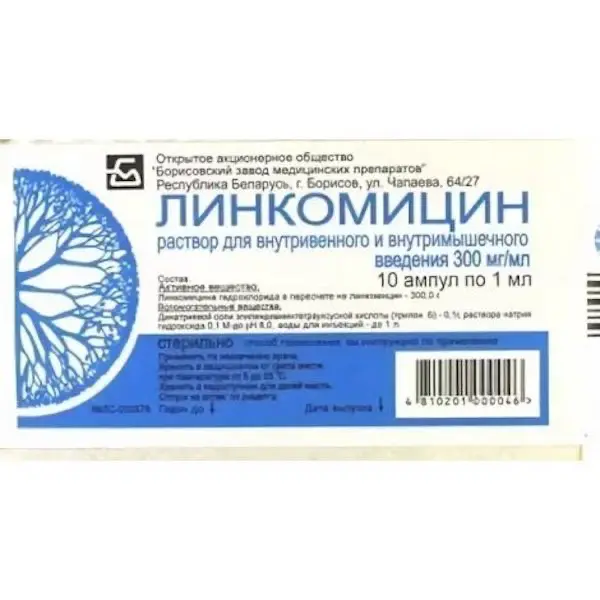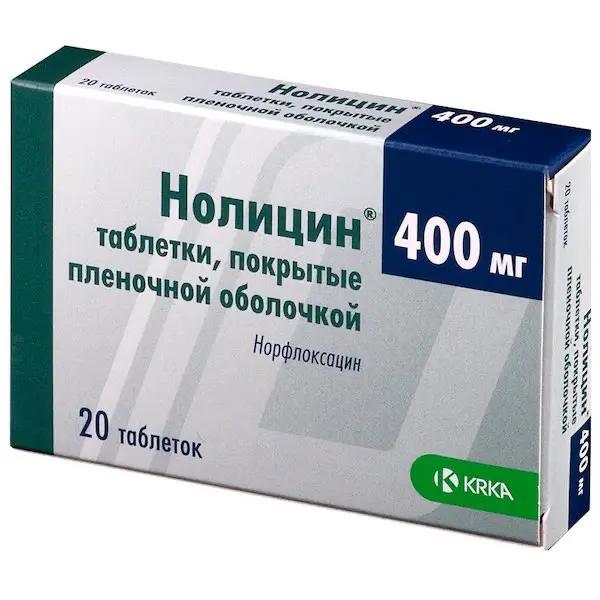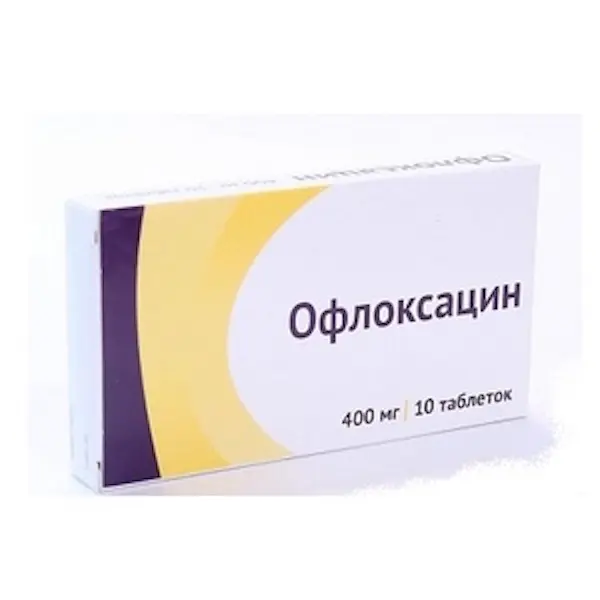Description
Lincomycin Pharmacodynamics
It is a bacteriostatic antibiotic produced by Streptomyces lincolnensis. Inhibits protein synthesis of bacteria due to reversible binding to 50S ribosome subunit, disrupts formation of peptide bonds.
Sensitive in vivo: Staphylococcus aureus (penicillin producing and non-producing strains), Staphylococcus epidermidis, Streptococcus pneumoniae.
Sensitive in vitro: aerobic gram-positive microorganisms – Streptococcus pyogenes, Streptococcus spp. viridans group, Corynebacterium diphtheriae; anaerobic gram-positive microorganisms – Propionibacterium acnes, Clostridium tetani, Clostridium perfringens.
Effective against Staphylococcus spp. resistant to penicillin, tetracycline, chloramphenicol, streptomycin, cephalosporins (30% of erythromycin-resistant Staphylococcus spp. have cross-resistance to lincomycin).
It has no effect on Enterococcus spp. (including Enterococcus faecalis); Neisseria gonorrhoeae, Neisseria meningitidis, Haemophilus influenzae and other Gram-negative bacteria, as well as fungi, viruses, protozoa.
The optimum of action is in alkaline environment (pH 8-8.5). Resistance to lincomycin develops slowly. In high doses it has a bactericidal effect.
There is a cross-resistance between lincomycin and clindamycin.
Indications
Bacterial infections caused by microorganisms sensitive to lincomycin (especially Staphylococcus spp. and Streptococcus spp, Especially with penicillin-resistant bacteria and in cases of allergy to penicillins: Sepsis, subacute septic endocarditis, pulmonary abscess, pleural empyema, pleurisy, otitis media, osteomyelitis (acute and chronic), purulent arthritis, post-operative purulent complications, wound infections, skin and soft tissue infections (pyoderma, furunculosis, phlegmon, rust)
Contraindications
Hypersensitivity to lincomycin, clindamycin or other drug components; severe hepatic and/or renal insufficiency; pregnancy (except for “vital” indications), breast-feeding, infants (less than 1 month).
C Caution
Fungal diseases of the skin, oral mucous membrane, vagina; myasthenia; concomitant use with drugs that block neuromuscular conduction; diabetes mellitus; moderate hepatic/renal insufficiency; history of gastrointestinal diseases, especially colitis.
Use during pregnancy and during breast-feeding:
It is contraindicated for use during pregnancy (except when necessary for “vital” indications) and during lactation (breast-feeding should be discontinued during treatment).
Dosage and administration administration
- Parenteral: intramuscular and intravenous.
- Daily dose for adults during parenteral administration is 1.8 g, single dose – 0.6 g. In severe course of infection daily dose may be increased up to 2.4 g. The drug is administered 3 times a day at 8-hour intervals.
- Children over 1 month of age are prescribed intravenously in a daily dose of 10-20 mg/kg, regardless of age.
- Intravenously – only dropwise, at a rate of 60-80 drops per minute. Before injection 2 ml of the drug (0.6 g) shall be diluted with 250 ml of 0.9% sodium chloride solution.
- Duration of treatment depending on the form and severity of the disease is 7-14 days (with osteomyelitis – 3 weeks or more).
- In case of long or repeated courses the treatment should be carried out under control of liver and kidney function.
- In patients with renal-hepatic insufficiency lincomycin is prescribed parenterally in daily dose not exceeding 1.8 g, with intervals between injections of at least 12 hours.





